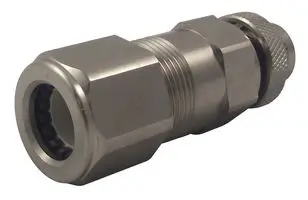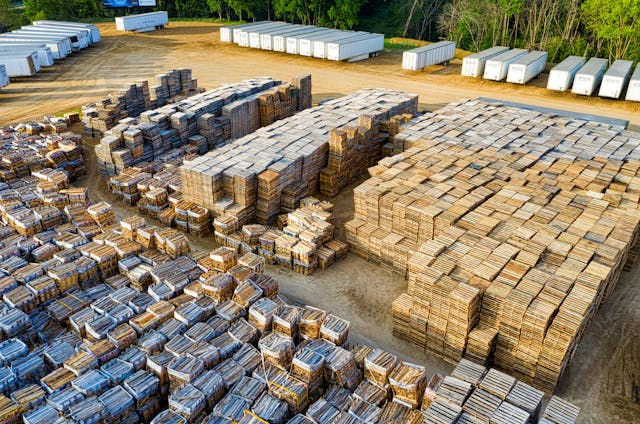In an increasingly interconnected world, where data flows like a digital stream, ensuring the integrity of network connections becomes paramount. Whether it’s an outdoor surveillance system, marine applications, or any environment exposed to the elements, the need for reliable connectivity is ever-present. This brings us to the marvel of technology – waterproof Ethernet connector.
Body:
- Understanding Waterproof Ethernet Connectors:
- Waterproof Ethernet connectors are designed to withstand exposure to moisture, dust, and other environmental challenges, ensuring a secure and uninterrupted data flow.
- These connectors often adhere to specific IP (Ingress Protection) ratings, such as IP67, indicating a high level of protection against both solid particles and water.
- Versatility in Challenging Environments:
- The applications for waterproof Ethernet connectors are vast. They are commonly used in outdoor installations, industrial settings, marine environments, and more.
- Outdoor surveillance systems, for instance, rely on these connectors to ensure continuous data transmission despite exposure to rain, snow, or extreme temperatures.
- Key Features of Waterproof Ethernet Connectors:
- Sealed Design: The connectors feature a sealed design that prevents water ingress, protecting the internal components from damage.
- Robust Materials: High-quality materials like UV-resistant plastics and corrosion-resistant metals are often used to ensure longevity and durability.
- Easy Installation: Many waterproof Ethernet connectors are designed for quick and straightforward installation, making them user-friendly even in challenging conditions.
- Applications in Action:
- Imagine a coastal monitoring system where data needs to be transmitted reliably from cameras placed along the shoreline. Waterproof Ethernet connectors ensure that the data remains secure, even in the face of saltwater exposure and harsh weather conditions.
- Industrial automation processes, which may involve machinery in damp or wet environments, benefit from the stability and reliability offered by these connectors.
- Tips for Choosing the Right Connector:
- Consider the IP Rating: Different environments require different levels of protection. Choose a connector with an IP rating that aligns with the specific demands of the application.
- Compatibility: Ensure that the connector is compatible with your existing network infrastructure and devices.
- Temperature Range: Check the temperature range for which the connector is rated to ensure optimal performance in your environment.



